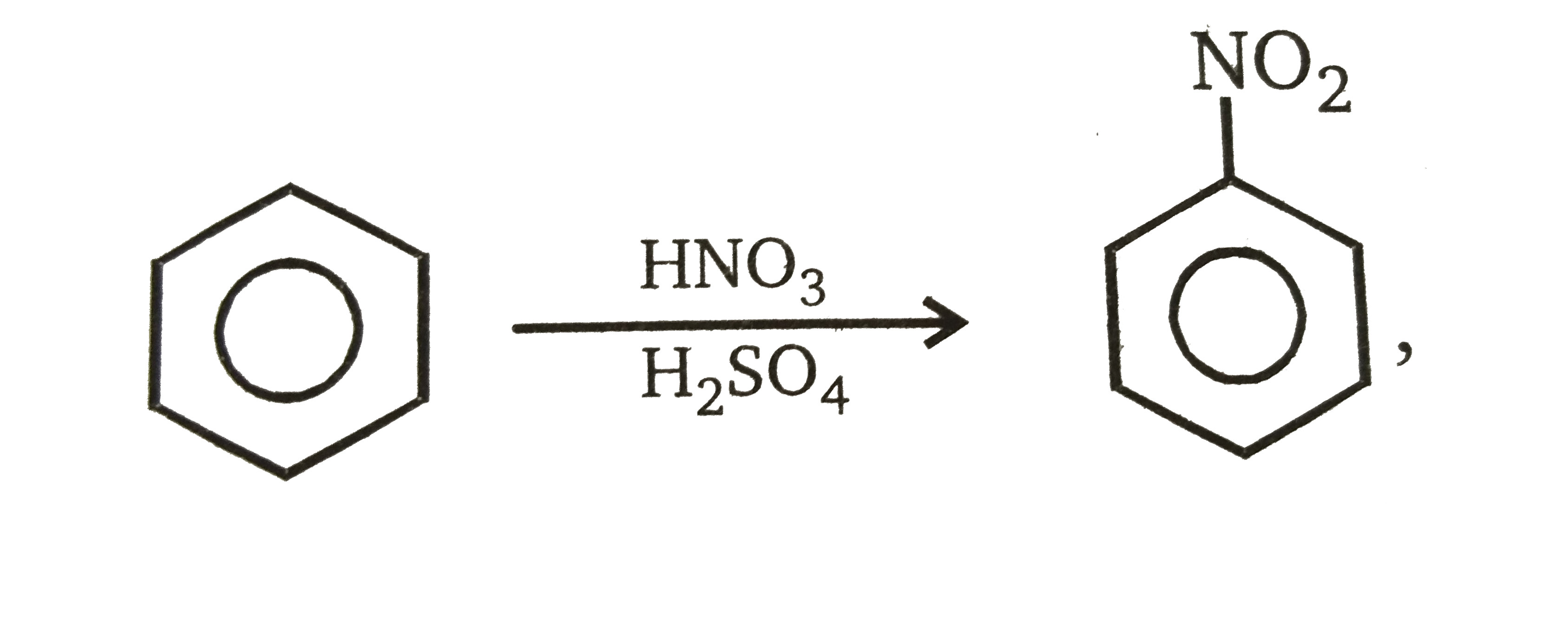A substance (A) is completely trimerised on dissolution in solvent B. The van't Hoff factor (i) for such change is:
A
(a) 1
B
(b) 2
C
(c ) 3
D
(d) 1/3
Video Solution
Text Solution
The correct Answer is:D
3A→A3,
van't Hoff factor (i) =1−α+αn
where α is degree of assciation (here α=1) and n is no. of molecules undergoing association (here n=3).
|
Topper's Solved these Questions
- DILUTE SOLUTION AND COLLIGATIVE PROPERTIESBOOK - P BAHADURCHAPTER - DILUTE SOLUTION AND COLLIGATIVE PROPERTIESEXERCISE - Exercise 3B Objectice Problems
1 Videos
- DILUTE SOLUTION AND COLLIGATIVE PROPERTIESBOOK - P BAHADURCHAPTER - DILUTE SOLUTION AND COLLIGATIVE PROPERTIESEXERCISE - Exercise 9 Advanced Numerical
12 Videos
- CHEMICAL KINETICSBOOK - P BAHADURCHAPTER - CHEMICAL KINETICSEXERCISE - Exercise 9
13 Videos
- ELECTROCHEMISTRYBOOK - P BAHADURCHAPTER - ELECTROCHEMISTRYEXERCISE - Exercise (9) ADVANCED NUMERICAL PROBLEMS
36 Videos
Similar Questions
Knowledge Check
Vant Hoff factor (i)-
AIs less than one in case of dissociationBIs more than one in case of associationCi=normal molecular massobserved molecular massDi=observed molecular massnormal molecular mass , van't -Hoff factor (i) for this reaction is:A2B3C4D5
, van't -Hoff factor (i) for this reaction is:A2B3C4D5Van't Hoff factor is _____.
Aless than one in case of dissociationBalways more than oneCalways less than oneDless than one in case of association
